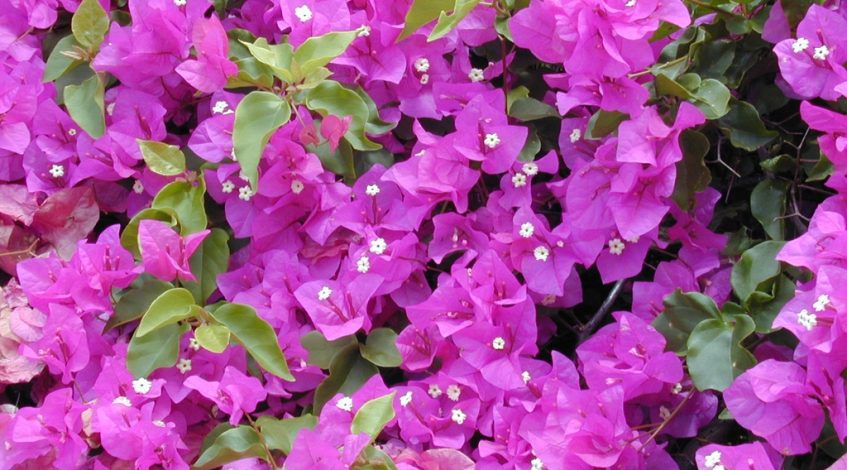Most trees are extremely beautiful to look at and add character to every outdoor space. Unfortunately, though, not all of them are good for your garden! Some trees can be very difficult to maintain and keep under control. With hazardous issues such as invasive root systems, poisonous fruit, or even weak branches and trunks, it’s essential to be careful when choosing which trees to grow in your garden. The last thing you want on your hands is a problematic tree that needs removing and the task of finding an expert in tree removal Lake Macquarie.
So let’s take a look at the good, the bad and the ugly when it comes to trees! This article will discuss some of the best and worst trees you can plant in your Newcastle garden. Feel free to use this information as a guide in deciding which trees are best suited to your home while avoiding the need for tree removal in the future!
THE WORST NSW TREES
Let’s start off with the bad and the ugly! We’ll examine the pros and cons, so you can decide which tree suits your needs.
CAMPHOR LAUREL
(Cinnamomum Camphora)
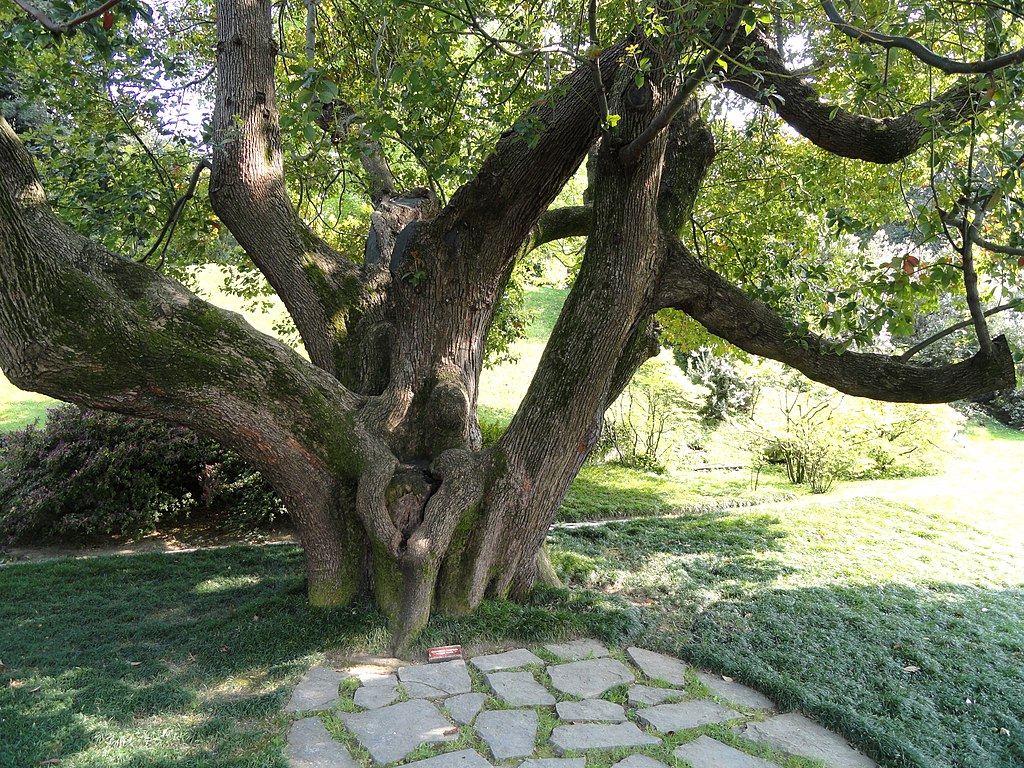
This tree is large species of evergreen that can grow up to 20 metres high! During springtime, it has bright green leaves and produces small white flowers.
Despite its attractive appearance, the Camphor Laurel is exceptionally invasive, with speedy seed production. In fact, it has been declared a noxious weed by the NSW Government due to its shallow and dense root system, fast regeneration rate, and ability to destabilise local surroundings.
It is also mildly toxic if ingested in significant quantities by humans. If you already have this weed growing in your garden and want to remove it, make sure to request the help of professional tree removal experts, who will ensure the job is done correctly.
CALLERY PEAR
(Pyrus Calleryana)
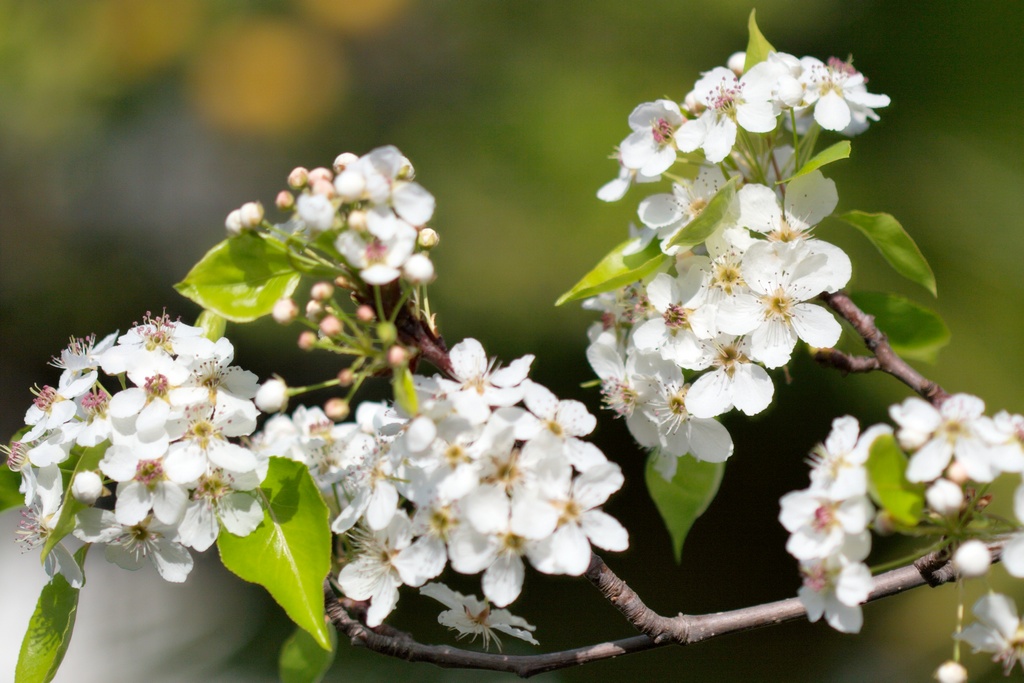
PHOTO CREDIT: Matthew Field
Callery Pear is a beautiful deciduous tree that can grow between 5 to 8m in height. Its glossy green leaves and white petaled flowers make it look attractive…but don’t get too close! This tree gives off an extremely offensive odour similar to rotting fish. Not pleasant! In addition, it is becoming increasingly known as an invasive tree species, thanks to its rapid natural growth.
The Callery Pear is also known for having an extremely weak structure, which means that it can be easily damaged during storms. Trees with weakened structures can pose serious safety hazards to you and your property and should never be left unchecked! If you have one of these trees already, it’s essential to give it regular maintenance and have it inspected by a professional in horticulture to ensure that it is not a risk to your property or your safety.
TREE OF HEAVEN
(Ailanthus Altissima)
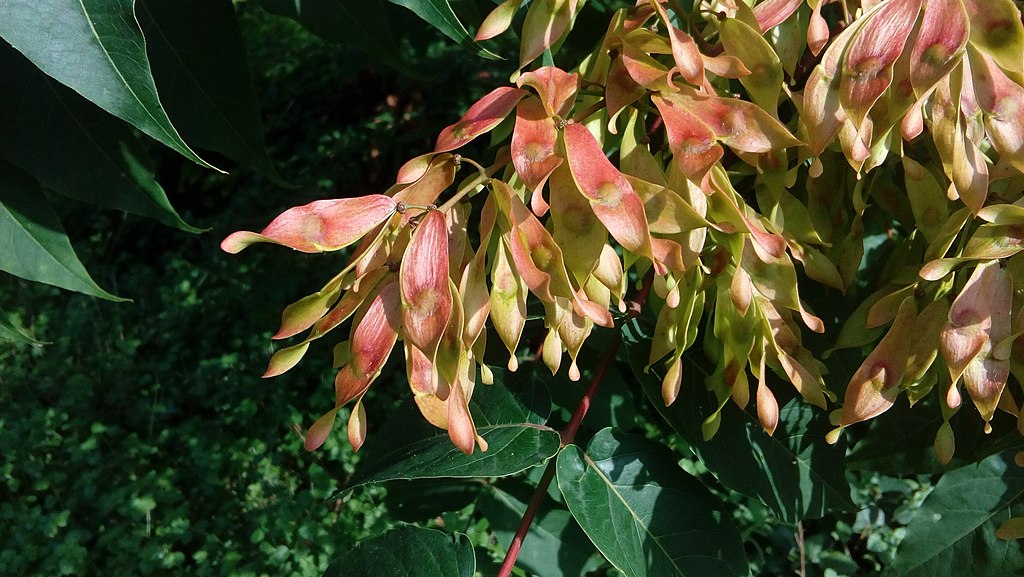
PHOTO CREDIT: Josepgesti
This tree is aptly named, as it really does reach to the heavens! It grows extremely fast and can reach up to 15 metres high in a relatively short amount of time! This immense tree also lives for a long time. This could be from 50 years or up to 100 years in some specimens.
The Tree of Heaven is one of the worst offenders when it comes to invasive plants due to its ability to clone itself rapidly. This tree is definitely not suited for gardens. Its seed is spread all around and produces a chemical that kills any surrounding vegetation, making it a huge challenge to carry out any landscaping around it.
LIQUIDAMBAR
(Liquidambar Styraciflua)
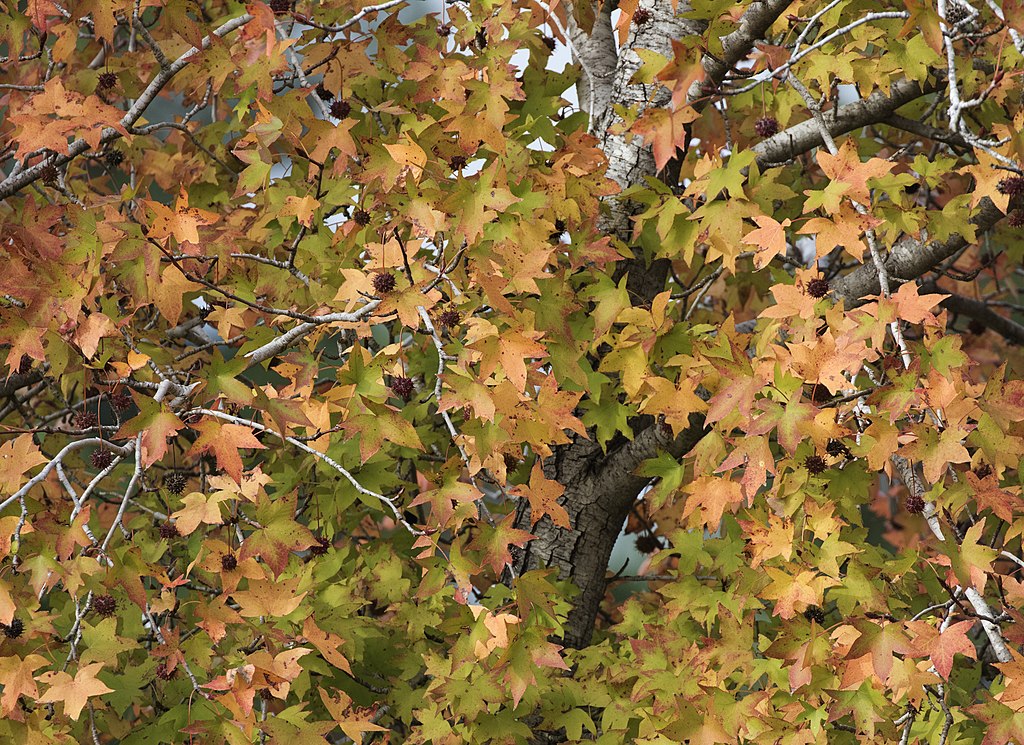
PHOTO CREDIT: Zeynel Cebeci
Liquidambar trees have stunning colour and appearance, with orangey-red leaves that turn purple as they age.
Sadly, however, these beautiful trees have an invasive and robust root system that can cause many serious problems! These aggressive and far-reaching roots can interfere with pipework, and surrounding pathways, while even affecting the integrity of local structures.
Due to this hazard, no matter how pretty they look, these trees are more often suited to big open park spaces and natural areas rather than beside your home! Aggressive root systems are a serious hazard for any property, so if you have a tree like this, make sure to get some advice from local tree removal experts, who will help you to assess whether your tree poses risks to your home.
THE BEST NSW TREES
Okay, enough of the negatives; let’s look at some good guys now! Here are some of the best tree options for Newcastle gardens:
CREPE MYRTLE
(Lagerstroemia Indica X Fauriei Biloxi)
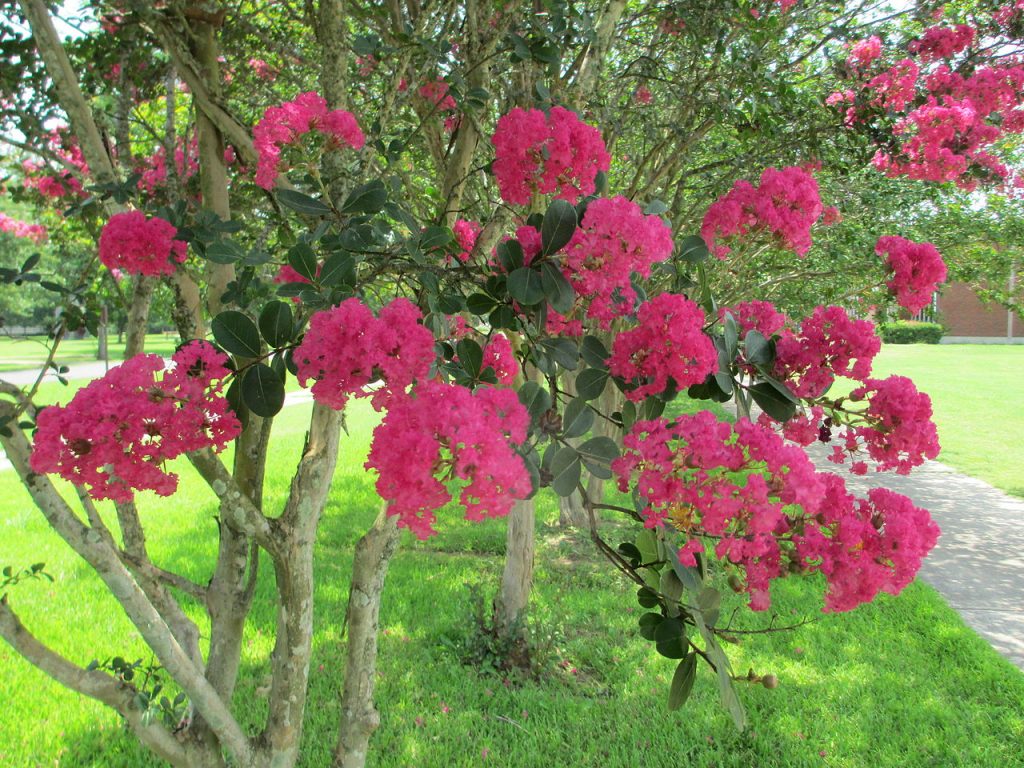
PHOTO CREDIT: Lsuaexpert
One look at this breathtaking tree, and you are sure to fall in love with it! These radiant and long-lasting pink blooms characterise Crepe Myrtle.
There are many cross-breeds among the Crepe Myrtle species, but the X Fauriei Biloxi variety stays at a manageable height of around six metres. This makes it a perfect centrepiece for any garden, with a small root system that will not cause any problems!
This tree can cope with dry periods and small draughts, enjoying a mix of both light shade and sun. Don’t forget that, like any tree, it requires regular maintenance and pruning to keep it looking its best!
ACER PLATANOIDES
(Globosum)
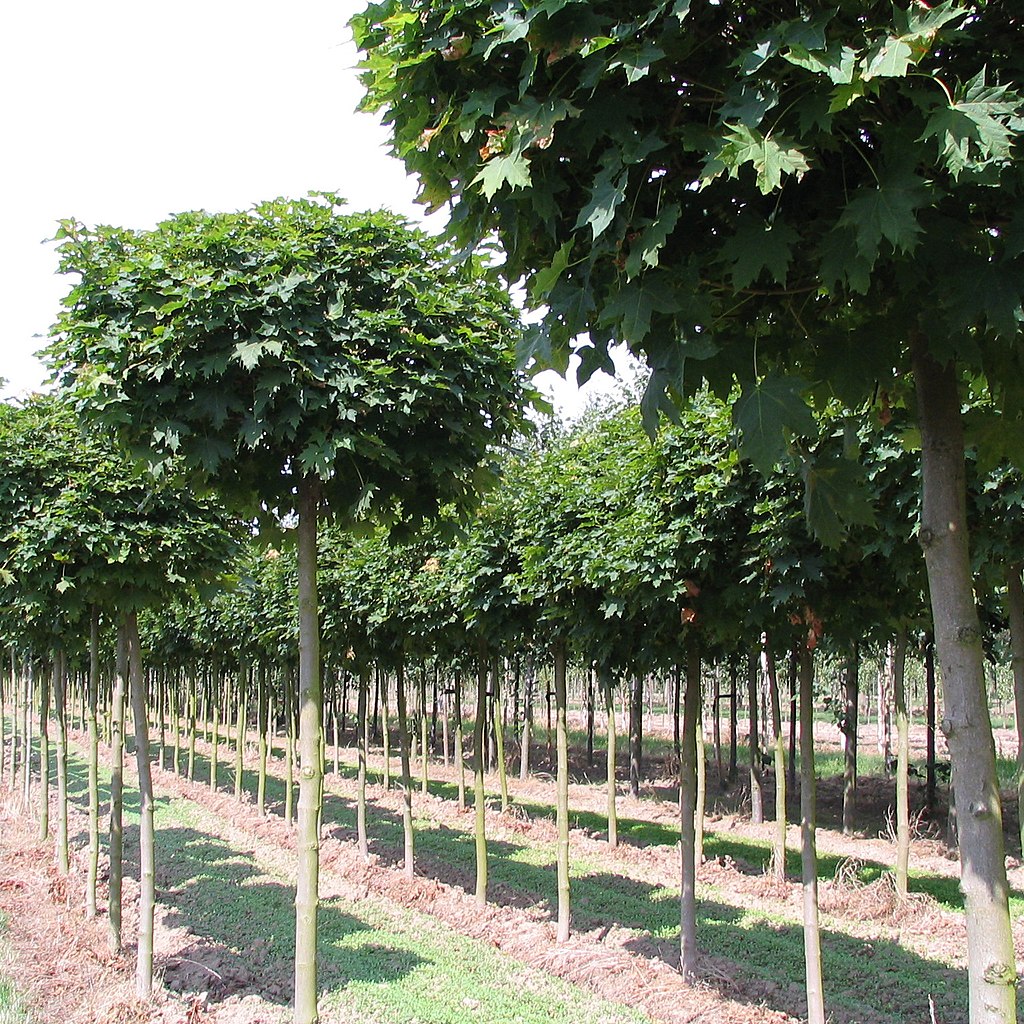
PHOTO CREDIT: Gmihail at Serbian Wikipedia
Take a look at this unique tree, with its thin trunk and round foliage! This tree comes originally from Norway and is a perfect low-maintenance tree for your Newcastle garden. Although it may look like it takes a lot of effort to maintain, it actually requires a very small amount of pruning!
Growing to just five metres high, this tree can be planted in gardens of any size. It can provide shade and is able to withstand hot temperatures, short times of drought, and even air pollution.
BOUGAINVILLEA
(Bougainvillea Spectabilis)
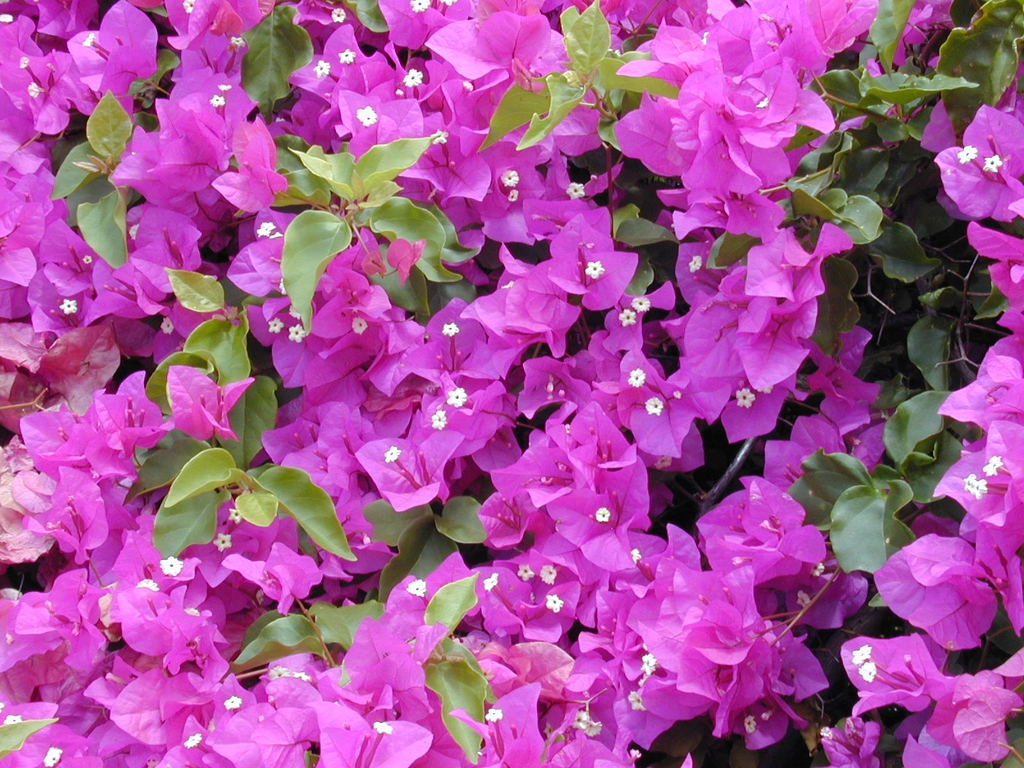
PHOTO CREDIT: Forest & Kim Starr
Native to South America, the Bougainvillea tree displays these magnificent purple blooms during autumn and winter. This tree can be pruned to stay a shrub or allowed to grow to between 5-12 metres in height.
It loves full sunlight but will blossom with more flowers when it is planted in an area with more shade. With its fantastic colour and small root system, it’s no wonder that this tree is so prevalent in Australia!
CHOOSING THE BEST TREES FOR YOUR GARDEN
In this article, we have just begun to scratch the surface of the best and worst trees in NSW. But with a bit of further research and careful consideration of your personal needs and preferences, you are sure to settle on the right tree for your garden!
Of course, you can always get some advice from a local horticulture expert. And if you are having trouble with any of the trees mentioned in this article, don’t hesitate to call a local tree removal professional. There are always experts in tree removal around Lake Macquarie and the rest of the Newcastle area available to assist you!
So be wise when choosing which trees to plant on your property; take into consideration not just how beautiful the tree is but any potential risk factors involved. Then you will be sure to choose the perfect trees for your property that you can enjoy for many years to come!
